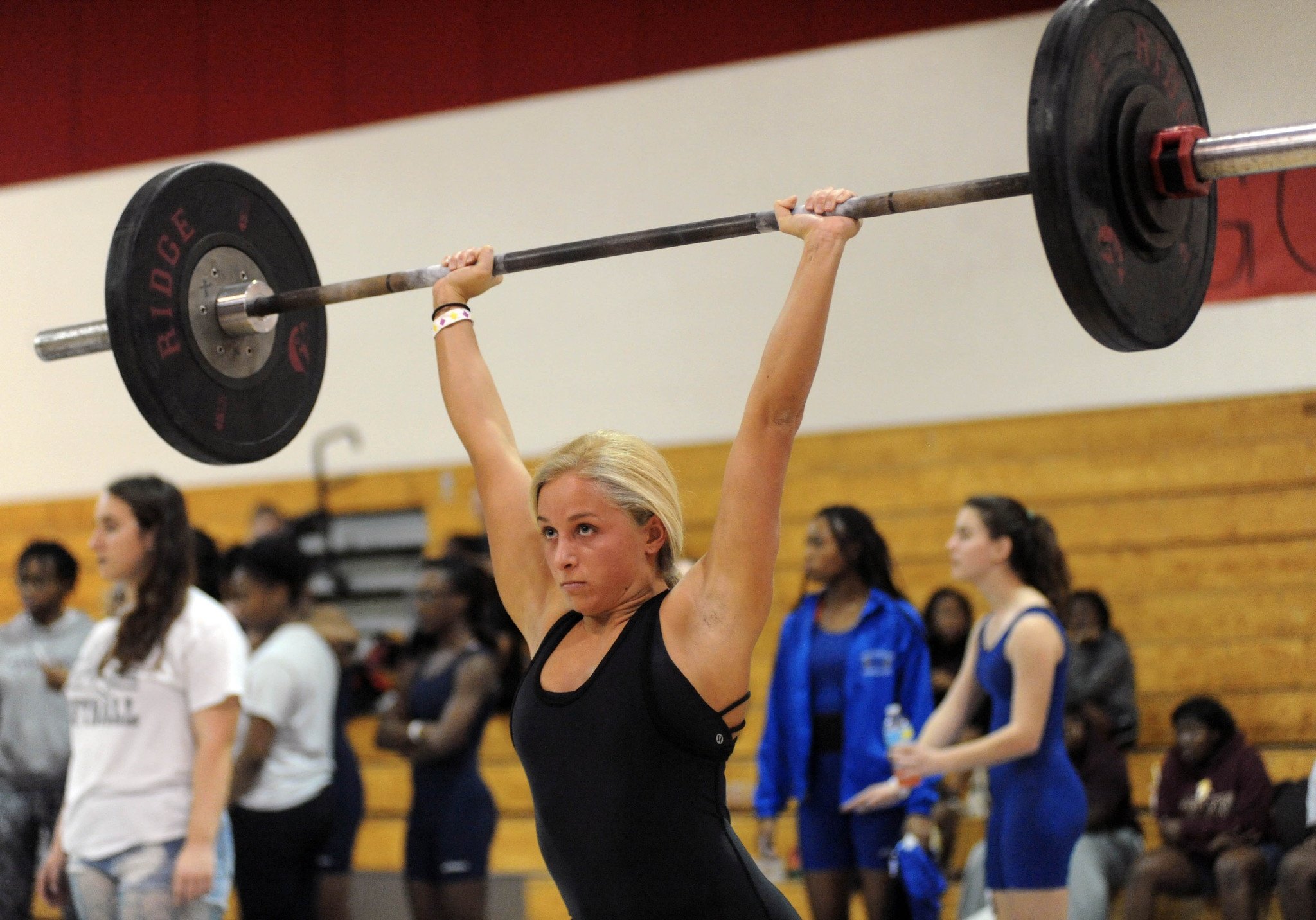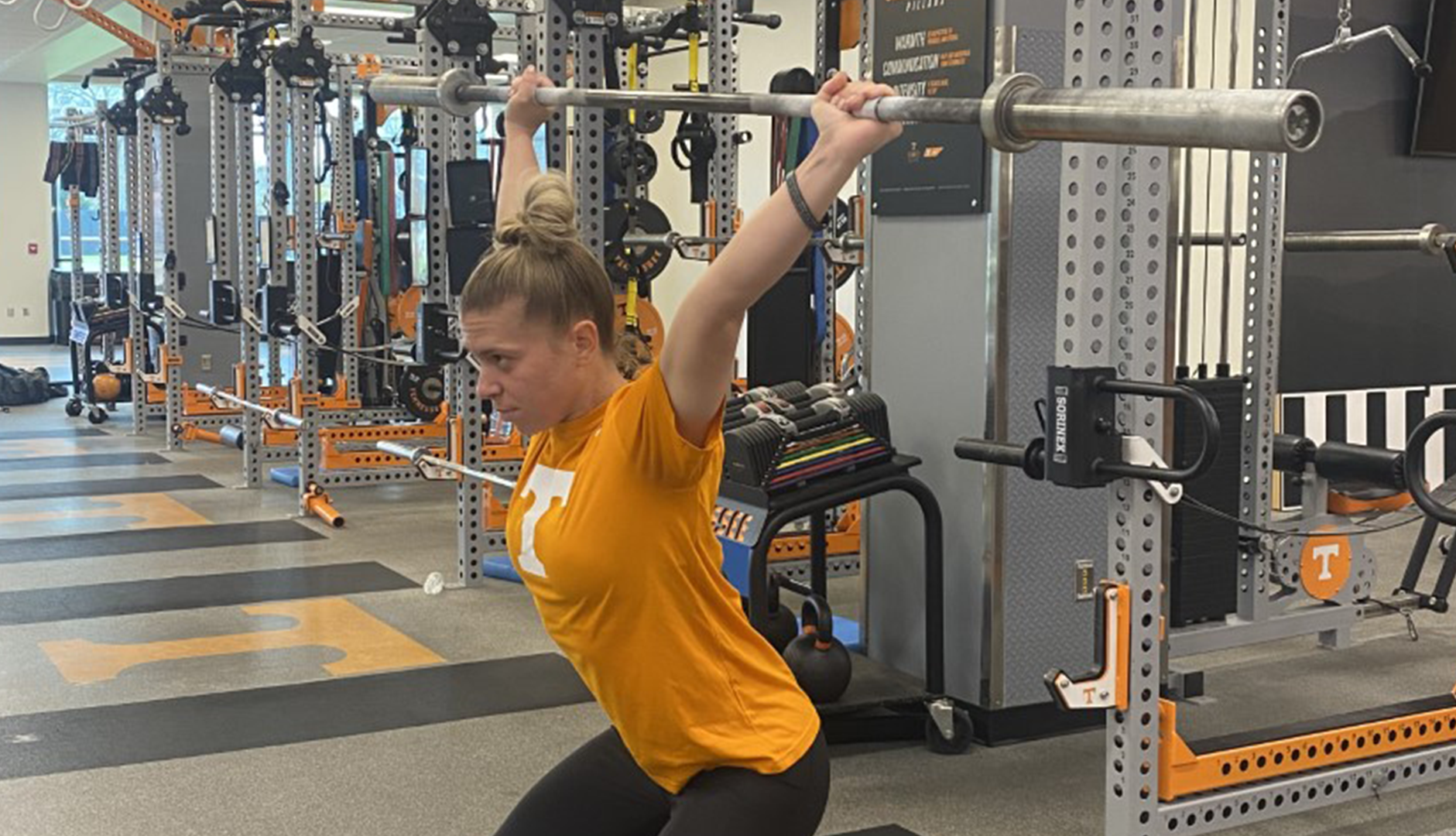Author Brian Szutkowski is a staff member at TeamBuildr in addition to his role as a performance coach specializing in track and speed development.
Let’s start this article by saying I don’t think you should demonize movements unless they are unsafe or impractical, there can be a time and place for almost anything and loading parameters can arguably be more important than the movement itself. I like to follow the Principles over Methods approach. By this I mean I would rather find an efficient exercise to achieve a goal than ingrain myself within a specific movement and push the square peg into a round hole because I made it about me instead of them. Quick reminder; our job is to best serve our population and drive optimal sport performance. If we get too caught up in the performance of a lift or having to find a way to fit it into the program we can easily lose track of our priorities. If you believe in the same ideology, I want to challenge you to ask yourself a couple of questions.
Why are we doing Olympic Lifts?
What is the purpose? Are you doing them because you think you’re supposed to? Are you doing them because of the “triple extension”? Or are you doing them for a specific adaptation us power development or rate of force development?
If you can’t answer this question with a true honest answer, we may have a larger issue than just exercise selection. I think Olympic lifts such as the clean, hang clean, snatch and hang snatch can be a fun lift but I also think that basing your program around any specific exercise is the wrong way to go about serving the population you work with to the best of your abilities.
1. Resources
When a coach determines exercise selection there are a couple things that need to be taken into consideration. What is the facility and how it is it outfitted? What I mean by this is do you have the room to Olympic lift for each athlete to safely fail a lift in the worst-case scenario or are you in a crammed space with a short ceiling that doesn’t offer a whole lot of room for error? Do you have the right equipment? And when I say the right equipment, I mean do you have Olympic barbells with enough whip and rotating sleeves with bumper plates to safely implement the lift? Or do you have stiff power bars and metal weights or weights that can’t be dropped without the risk of being broken or risk injury? If you can’t safely and effectively implement an exercise, by no way shape or form should you be attempting to do it, no matter how bad you want to.
2. Anatomy of Population
As performance coaches we always talk about needs analysis, where does an athlete lack and what does success look like in sport, from there we lay out a path in which we can feasibly get to that point and close the gap from where we are to where we want to be in the most efficient way possible. One of the things that is often forgotten about in the assessment of the athlete is the morphology of the athlete. If you take one look at an Olympic Weightlifter, you’ll see a common trend: short limbs, longer torso, and overall shorter height. It’d be farfetched to say that any of the successful Olympic weight lifters look like Davante Adams much less Kevin Durant. Their limb length in proportion to the rest of their body helps make them successful in sport, but the long levers make it more difficult to perform the complex Olympic lifts successfully on a regular basis.
3. Time Allocation
Finally, let’s talk about time. How long is your session and how many sessions in a week are you seeing the athlete? With appropriate work to rest ratios to get the desired training effect, Olympic lifts can take a large amount of time during the session to implement especially if you have 30 athletes in a room with 12 barbells. Warm-up sets to get the movement fluid and the body “primed” to do a dynamic complex movement. If you only see a group of athletes for 90 minutes a week collectively, is your time best utilized spending 45 of it on one exercise? More than likely if I were talking about any other lift, you’d say no.
And I know what you’re thinking.
You’re thinking well, you’re training triple extension, or I’m a hater because I can’t teach the lift, or even worse, I’m some new aged coach who thinks he knows better than you. That’s not it at all, I’m simply trying to provide the thought-provoking question of “Are these lifts right for your current situation?”
For example, it is becoming more apparent that TRUE triple extension rarely occurs in sport let alone Olympic lifting. In a jump for example, it may happen in a single foot take off, the same as a sprint, but if that’s the case then why train it bilaterally? If we’re trying to look to aid sport with the SAID principle, why do something that doesn’t REALLY look like sport and is a bucket already being filled with other exercises? As far as teaching them, I have taught Olympic lifts effectively, which allowed me to notice the pitfalls of how much time I spent correcting technique or developing any technique. As far as the new aged coach comment, maybe, I like to think I’ve been around good coaches that made me think of options differently, both supporters and neglectors of the lifts.
So, what do I do instead?
If you have gotten this far and don’t want to slam the computer shut for blasphemy, here are a couple exercises that can be used instead of Olympic lifts, or even in conjunction during the year as you rotate through exercises to create adaptation. Below I will give some options and details as to why and how I have utilized them to help my athletes.
Split Stance Drop-In Jump
Grab a pair of dumbbells around 10-20% of bodyweight total, and drop into a ½ depth split squat and rebound out into a max effort jump. It takes less set up than a barbell and plates and looks a lot more similar to the starting position of a sprint start with shin angles and a more horizontal torso to begin the movement. It also allows larger room for technical failure to still be safe and effective as a movement.
Medicine Ball Granny Toss/ Backwards Toss
Medicine ball throws are easy to implement, space permitted, one of my favorites is the Granny toss. There is a countermovement to create a stretch shortening cycle as well as a high rate of force development and if you throw it backwards, it can be measured which can drive competition and thus increase subjective effort or performance.
Hurdle Hop
Any size hurdle can be fine; however, I have found 33 for men and 27 for women to be some of the most effective due to athletes being able to safely get over them but also give an extrinsic factor of having something appearing to be daunting to accomplish. I like utilizing them because it can be a range of reps depending on the number of hurdles and if there are multiple, the desired effect will can be a rebounding effect and being more elastic, especially with the Achilles which can replicate ground reaction forces similar to sprinting, and as we all know, being fast makes sports easier.
The Approach Jump
I really like the approach jump because by all means it is not an extremely technical exercise in any way shape or form. Take between 1-6 steps into a full, max effort jump and see how high you can get. You can measure it with a contact grid, a jump mat, a Vertec, or by slapping a piece of tape on the wall. For the most part, every athlete can jump and if given some kind of visual cue to get to, it can drive performance.
In no way shape or form do you HAVE to use these exercises, they are just some options you can use if your situation does not permit you to utilize the Olympic lifts, or you want to try something else. By all means, do what works for you. The exercises listed as well as the others that are in my programming typically have some of the similar themes in common: There is an expression of power, some sort of absorption of force, and most take little time to teach/set up/perform. The rep ranges and sets can vary depending on the time of year as well as selection of the exercises to achieve the goals set forth and reduce monotony and mental fatigue/burnout.
If all else fails and you can’t figure it out, just sprint.
Subscribe to our blog
Subscribe to receive the latest blog posts to your inbox every week.
Related posts

3 Alternatives to Olympic Lifts from Mike Boyle

Coaching Olympic Lifting for High Schoolers


